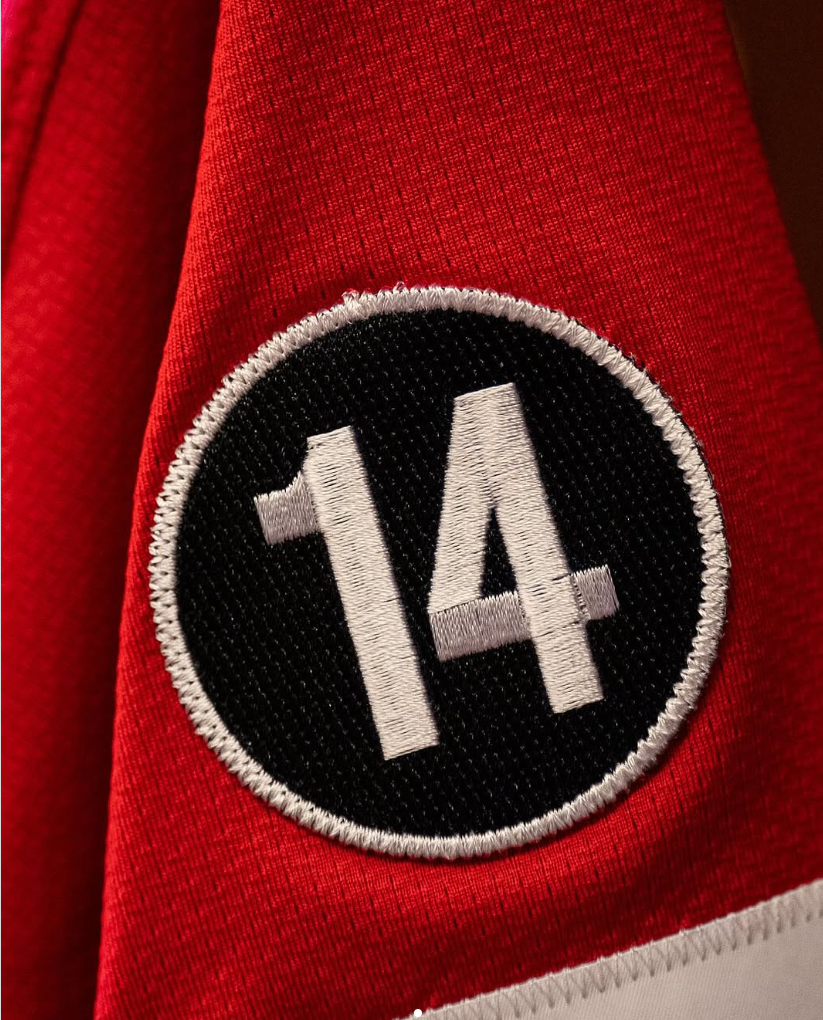
Few stories in sports capture intrigue quite like that of Pete Rose. Known eternally as “Charlie Hustle,” Rose is a figure larger than life, his name etched in baseball’s illustrious history with 4,256 hits — a record that seems destined to stand unchallenged. Yet, Rose’s journey through the annals of Major League Baseball is one woven with triumph and tribulation, a dichotomy that compels intrigue and debate.
While the world of baseball has revered and reviled Rose in equal measure, the latest episode in his tumultuous saga unfolds not on the diamond, but in the buzzing, anticipatory world of card collectors and sports memorabilia aficionados. Recent, riveting developments are fanning the flames of interest around Pete Rose memorabilia, driving what can only be described as a surging, scintillating demand.
The ignition for this surge? No less than a whispered presidential pardon coupled with reports of Major League Baseball (MLB) considering lifting Rose’s decades-old ban. This brewing cauldron of speculation, hope, and nostalgia has collectors scrambling like fielders in the outfield to snatch up Rose’s cards, sending their values spiraling upwards.
Enter the world of Pete Rose’s baseball cards, where legends live in cardboard form, and where the value dances to the rhythm of news and nostalgia. The Pete Rose Card Ladder Index is winking, registering a robust 5.24% increase in value over the past month—a steady 3.32% rise if one were to glance further back over the last three months. Among these cardboard treasures, some iconic pieces are appreciating like a fine wine with numbers that can make a collector’s head spin faster than a curveball.
The 1963 Topps Rookie Stars #537, for instance, is experiencing nothing short of a renaissance. A PSA-graded 4 of this cherished artifact has ballooned by 67% over the past three months, now enticing with an average price tag of $1,292. Its PSA 7 brethren, no slouch on the collectible front, gleefully notes a 34% rise. As for the PSA 3? It rides a comfortable 18% incline, content in its vintage glory.
Other prized pieces from the 1977 and 1978 Topps sets are indulging in this value symphony. The 1978 Topps card, clad in PSA 9 credibility, graces the market with a 14.39% rise. Its older sibling from 1977, bearing the same pristine PSA rating, revels in a meteoric 44.50% ascent, with the Pete Rose #450 variation boasting a jaw-dropping 72% surge in just the last quarter.
A profound curiosity begs the question: what fuels this fervor for named pieces of cardboard emblazoned with Rose’s likeness? Look no further than the overlapping ripples of recent monumental announcements.
Just days ago, the political arena buzzed with the news of a presidential pardon courtesy of former President Donald Trump. This move not only electrifies Rose’s personal narrative but potentially repositions him within the sporting lexicon, wiping clean any political and institutional stain that gambling controversies tattooed upon his legacy.
Yet, perhaps more tantalizing to the baseball purist’s heart is the whispered reconsideration of Rose’s lifetime banishment by MLB Commissioner Rob Manfred. Should this archaic verdict be overturned, a historical reopening to the Hall of Fame could re-introduce Rose’s remarkable career to its rightful, albeit delayed, spotlight.
Adding to the nostalgic brew, the Cincinnati Reds, in a heartfelt tribute, announced the team will don No. 14 patches throughout an entire season, a homage not just to a legacy, but to a person who, in the twilight of life, reminded the world of his colossal influence on the sport.
This confluence of events sketches out a narrative arc for Rose that is both celebratory and redemptive, casting a golden light on his memorabilia, robing them with newfound significance. The implication? Collectors brace themselves for a potentially seismic value uptick should Rose’s reintegration into the MLB fold lead to Hall of Fame nomination.
Pete Rose stands at the crossroads of redemption and recognition. This baseball legend, sculpted in flesh and myth—and now in cardboard—offers collectors a tantalizing glimpse into what happens when history, hope, and humanity collide on the sports memorabilia market. His cards, emblematic of an enduring and complicated legacy, continue to weave his story in the tapestry of baseball lore, galvanized by past grandeur and future possibilities.
